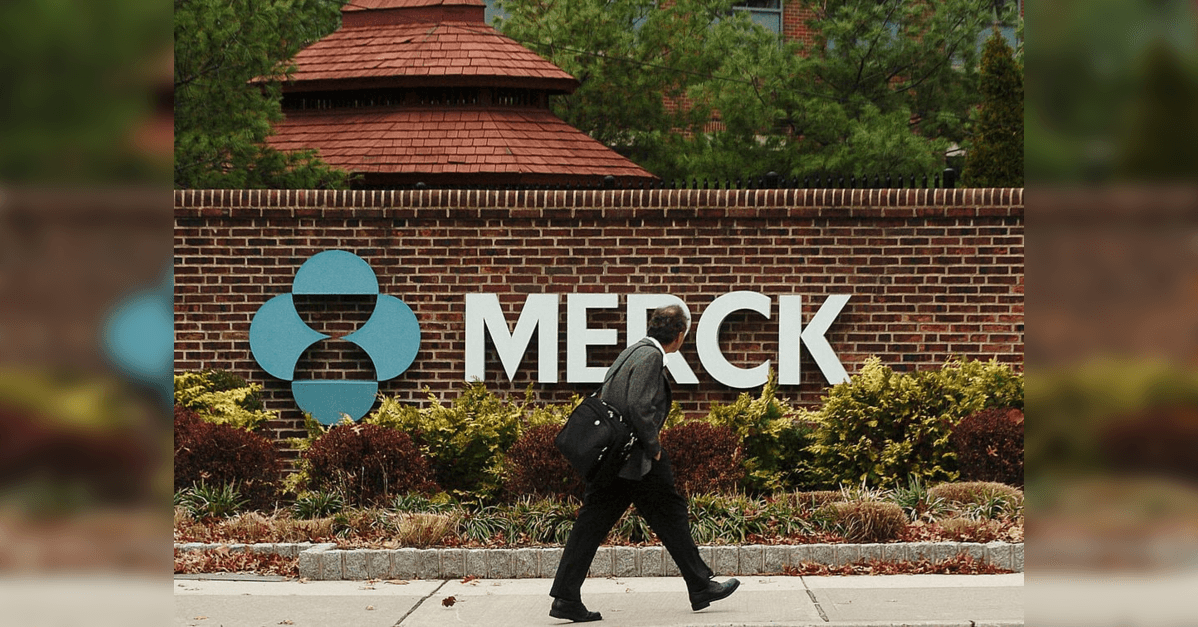Portable MRI Grant Aims to Expand Neuroimaging Access Globally
Hyperfine announced a $3.7 million grant to broaden use of its portable bedside MRI technology to evaluate brain development and inform health interventions in underserved communities. The award seeks to bring neuroimaging into low resource clinics and community settings, a move that could reshape diagnosis, research, and equity in global brain health.

Hyperfine, the maker of a compact bedside magnetic resonance imaging system, said it has received a $3.7 million grant to accelerate deployment of its portable MRI scanners and to support research on brain development and health outcomes in underserved communities. Announced on November 19, 2025, the funding is intended to expand access to neuroimaging in settings that lack traditional hospital based MRI infrastructure, and to forge partnerships with clinics and academic researchers to study long term clinical and population level impacts.
The company frames the grant as a step toward more equitable diagnostic access for neurological conditions in regions where conventional MRI machines are scarce or inaccessible. Portable low field MRI units require less physical infrastructure than standard high field scanners, and can be used at the bedside or in smaller health facilities. Proponents say this could allow clinicians to obtain imaging that informs care decisions for infants, children and adults without the delays and travel burdens that often accompany centralised services.
From a public health perspective the grant targets several linked challenges. Early assessment of brain development can be critical for identifying conditions that benefit from timely interventions, and community level imaging capacity could enable research into how environmental, nutritional and health system factors influence neurodevelopment. Placing scanners in clinics that serve historically underserved populations may also generate data to guide interventions tailored to local needs and to measure whether those interventions close disparities in outcomes.
At the same time experts caution that expanding technology is not a substitute for rigorous evaluation and system strengthening. The company press release describes planned research and partnerships but does not present independent clinical trial results. Observational studies and randomized trials will be needed to determine how portable imaging changes clinical decision making, outcomes and resource use. Questions also remain about training, maintenance, image quality for specific diagnoses and integration into referral pathways.
Health policy and financing will play an outsized role in determining whether the investment translates into sustained benefit. Reimbursement rules, regulatory approvals, supply chains and workforce development are necessary to keep equipment operational and to ensure scans lead to actionable care. Policymakers face choices about funding models that support community based diagnostics while avoiding fragmentation of services.
For communities, the promise of more accessible imaging must be matched by attention to consent, data governance and cultural trust. Deploying scanners into clinics and non hospital settings offers opportunities to build local research capacity, but requires meaningful engagement with patients and clinicians so that services address priorities identified by communities rather than outside agendas.
The grant positions Hyperfine at the intersection of technology, clinical care and social equity. If the company and its partners can demonstrate that portable MRI improves diagnosis and outcomes in low resource settings, the investment could influence how health systems allocate diagnostic resources and how global health funders prioritize brain health. The next phase will be whether sound evidence, sustainable financing and community led implementation follow the initial promise.


